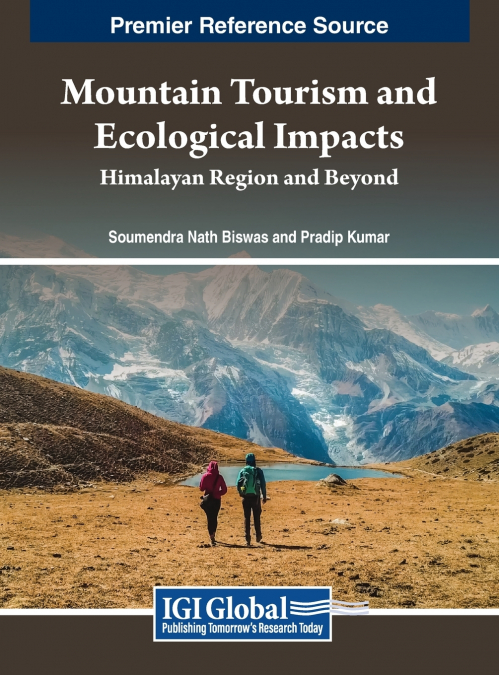
The Himalayas, with their grandeur and cultural richness, magnetize global travelers searching for an escape from the ordinary. However, behind this allure lies an ecological responsibility and sustainability imperative. Many involved with the tourism industry in mountainous regions have been confronting the stark realities of tourism’s impact on these delicate ecosystems. There is an urgency to address the challenges posed by climate change, all while safeguarding the indigenous traditions that define the Himalayas. Mountain Tourism and Ecological Impacts: Himalayan Region and Beyond unravels the intricate connections between tourism development and its far-reaching implications. This comprehensive exploration delves deep into the heart of the Himalayan region and beyond, shedding light on the diverse dimensions of mountain tourism and its profound impact on local environments, communities, and cultural heritage. This book reveals the tapestry of tourism experiences found in the peaks and vistas of the Himalayas. It delves into eco-tourist’s delicate dance with fragile ecosystems, the coexistence of travelers and wildlife, the exhilaration of adventure tourism, and the spiritual pilgrimages that draw seekers from across the globe. This book comprehensively explores the pivotal role of preserving local cultures and underscores this as a key element of conserving the pristine natural habitats. This book is ideal for academics and researchers, tourism professionals, environmentalists and conservationists, government and NGOs, and travel enthusiasts.